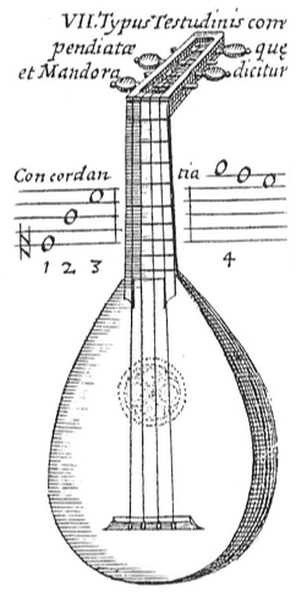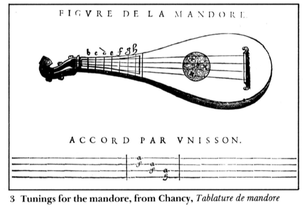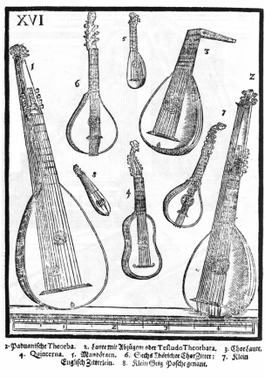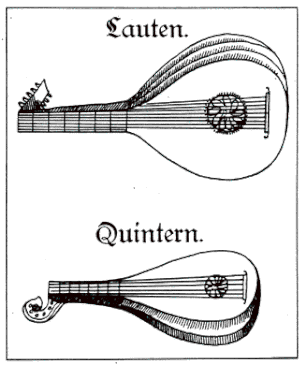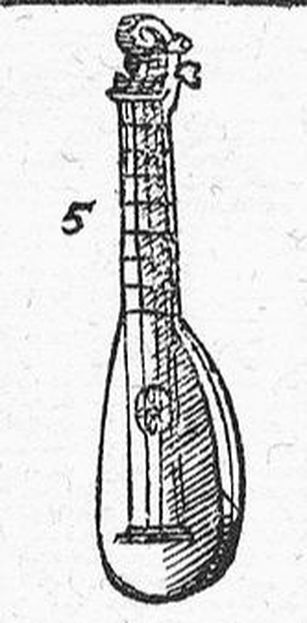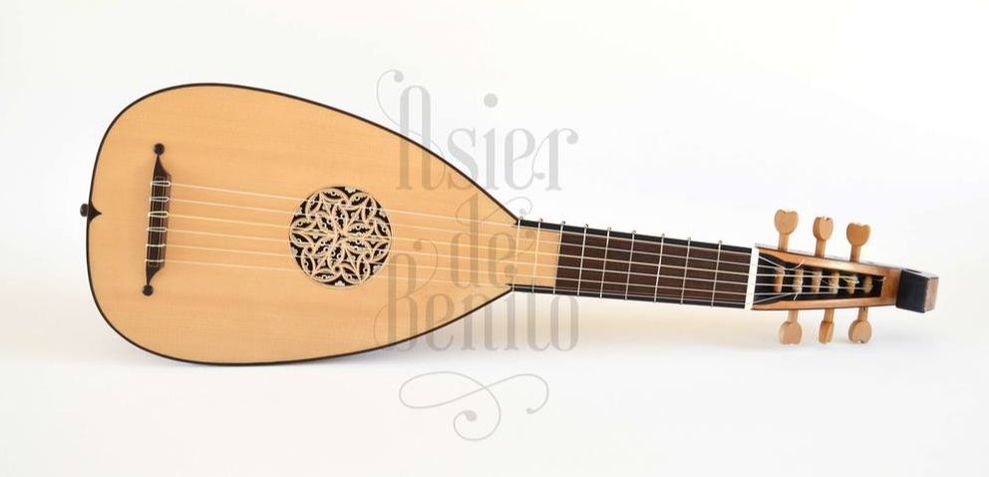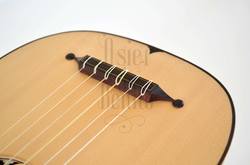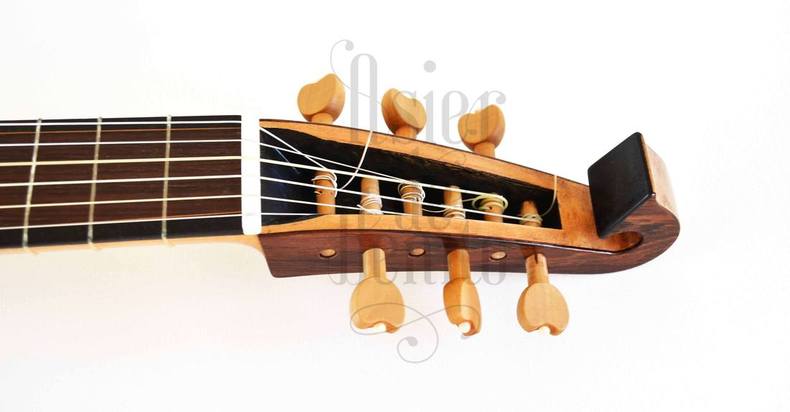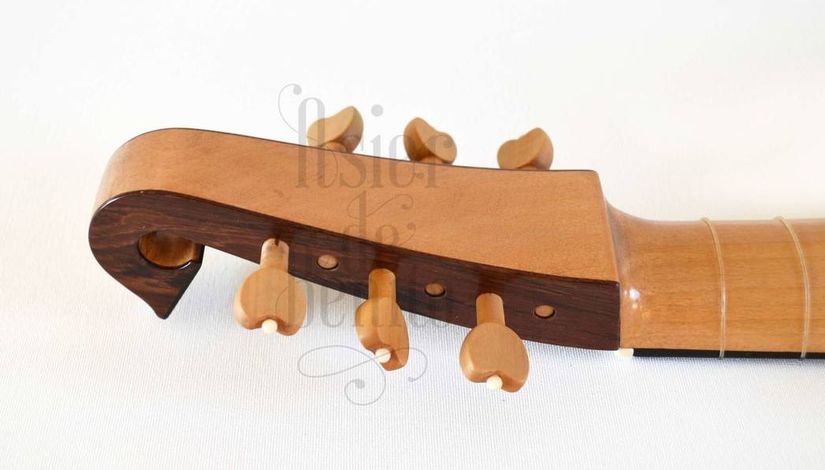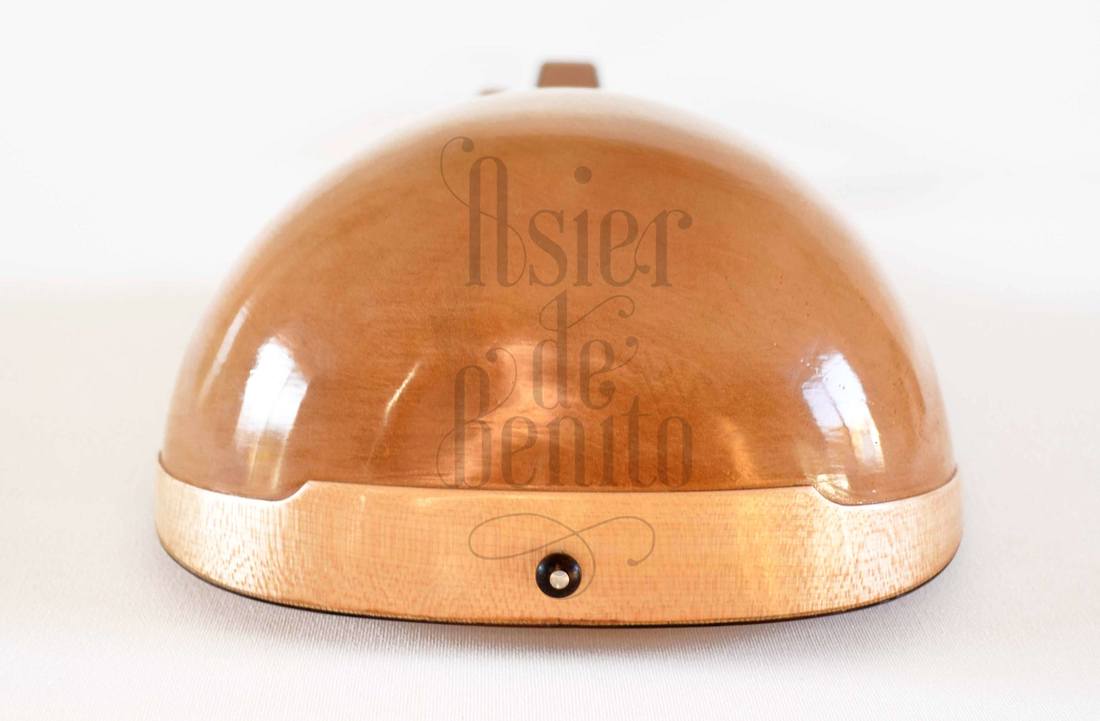MANDORE
|
This instrument was a descendant of the guittern (medieval guitar) used from the XVI to XVIII centuries. It was built either from a single piece of wood (monoxile) or with a body formed by staves. Its stringing was composed of 4 (most common during the XVI century), 5 or 6 single or double string courses.
Vertical Divider
|
In this sense, the many documented variants (for example the original in the Victoria & Albert Museum) during this period make it difficult to establish a concrete model.
|
|
Musurgia Universalis, 1650. Athanasius Kircher.
Tabulature de Mandore,1629.
Francois de Chancy. Syntagma-Musicum Theatrum Instrumentorum seu Sciagraphia Wolfenbüttel, 1620.
Michael Praetorius. In Musica Instrumentalis Deudsch,1529.
Martin Agricola. Theatrum Instrumentorum, 1619.
Michael Praetorius. |
I make this model of mandore, based on diverse iconography and the beautiful monoxile mandore made by Boissart in 1640. It is carved and hollowed in a single piece of european tulipwood, with pine top and rosewood fingerboard, framed with ebony. It is finished with organic, alcohol-based varnish.
SL: 420 mm. Price professional: €2,200 Price student: €1,800 Robert Casesplays "Tant que vivray" (Claudin de Sermisy, 1527).
|

